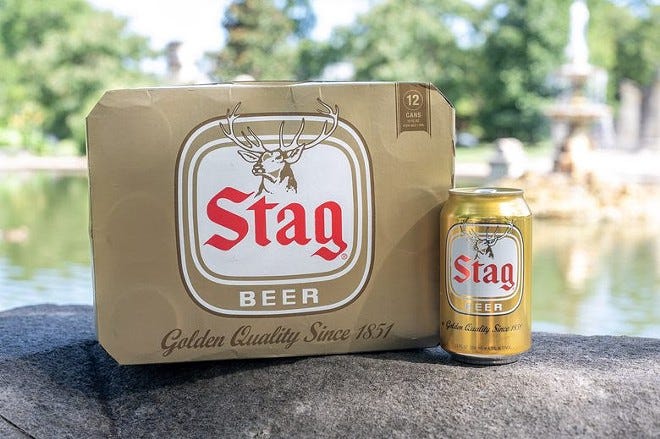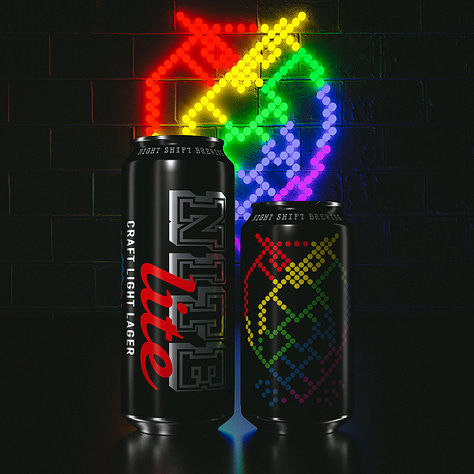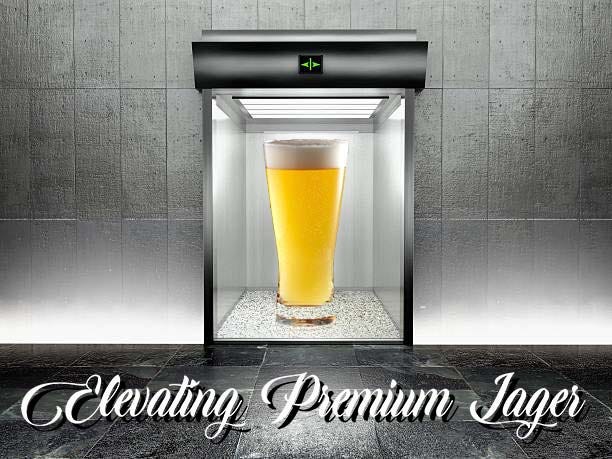Elevating Premium Lager
As IPAs begin to level off in their evolution, craft breweries find themselves in search of new opportunities to drive volume. In many cases they’re not only turning to Lager, but straight up, classic American Lager. With higher ABVs and aggressive dry hops, IPAs have always found an organic way of distancing themselves from Premium Lagers in price. But how do craft brewers give themselves a fighter’s chance in the most competitive segment in all of beer? I believe there are 4 choices to consider and built on:
1. Local Pride
There’s no denying the pride that different regions have for their cheap, local beer option. I grew up embracing Iron City in Pittsburgh, and every football fan with a basement collected their limited edition cans featuring Steelers icons. Perhaps an even better example is New Glarus’ Spotted Cow which enables the Wisconsin brewery to rank #12 in the country in volume, despite not crossing state lines. Rhode Island’s beloved Narragansett, Baltimore’s National Bohemian, and the portfolio of Pabst-owned legacy brands like Old Style, Lone Star, and Rainier show that local does matter to cheap lager drinkers. St. Louis & Belleville, IL area natives still have not forgiven the company for this 2019 rebrand of Stag, which was changed back in 2022 and accompanied by an apology.


2. Independence
Pushing a company’s independent ownership is another opportunity to help support the price gap between craft and macro. While not nearly as strong as being employee-owned, being controlled by a mega corporation that’s using the brand as a chess piece can certainly be a turn-off to some drinkers. Yuengling’s core message includes not only being America's oldest brewery, but that they’ve “remained fiercely independent, family-owned and continuously operated by the Yuengling family for six generations.” With the Brewers Association moving toward the term “Indie Beer” over “Craft Beer”, independence stands to get continued amplification in the years to come from the trade organization.
3. Brand
Like any beer, the brand has the opportunity to tug at the heart strings of consumers and drive loyalty, but Premium Lagers need to reach especially wide and more main stream than niche styles in order to achieve volume. This can be accomplished in a variety of ways, including naming the beer after a common ritual associated with the beer style, like Braxton Brewing’s Garage Beer out of Cincinnati, OH. Though a Kölsch, Houston’s Saint Arnold has been taking a similar approach with Fancy Lawnmower since 2000 and going strong, taking full advantage of the term lawnmower beer.
The beer’s packaging also has the ability to evoke feelings of nostalgia from consumers that can lead to loyalty. Boston’s Night Shift Brewing originally debuted their Light Lager Nite Lite in 2018, which dawned the look & feel of the popular 1980s toy once owned by millions of millennials, Lite Brite. Though recently rebranded to a more throw-back look and the brewing switching to contract-only, Nite Lite is still huming as a brand six years later.



4. Premium Ingredients
Last but certainly not least is the brass tacks, aka the malt bill. While all breweries big and small need to be conscious of raw ingredient costs, craft pricing can provide the leeway and margin to avoid adjuncts like rice and corn, even at smaller scales. More importantly, the flavor achieved in doing so can stand out even to the most inexperienced palate. Shouting these premium ingredients to the heavens on the packaging and in the marketing has the opportunity to resonate, if executed well.
Will it be Enough?
One of these strategies might not be enough to overcome the stacked deck that craft brewers are up against with Premium Lagers. All of them is probably too much messaging to juggle, but a healthy combination likely necessarily. Can craft breweries succeed in the hyper competitive premium lager space on store shelves? It will come down to nailing the decisions above, top prioritization, and a decade or two of patience because these brands aren’t built at the speed that Hazy IPA’s experienced.





